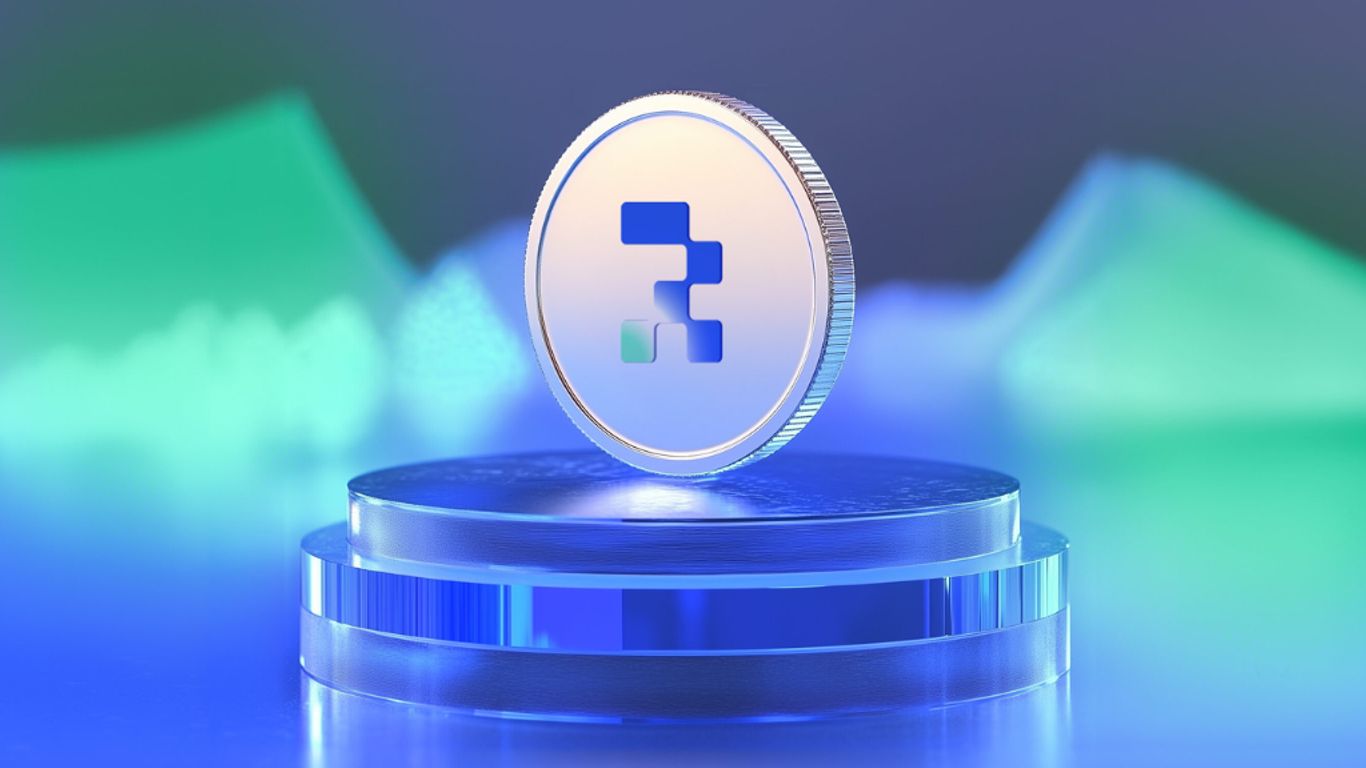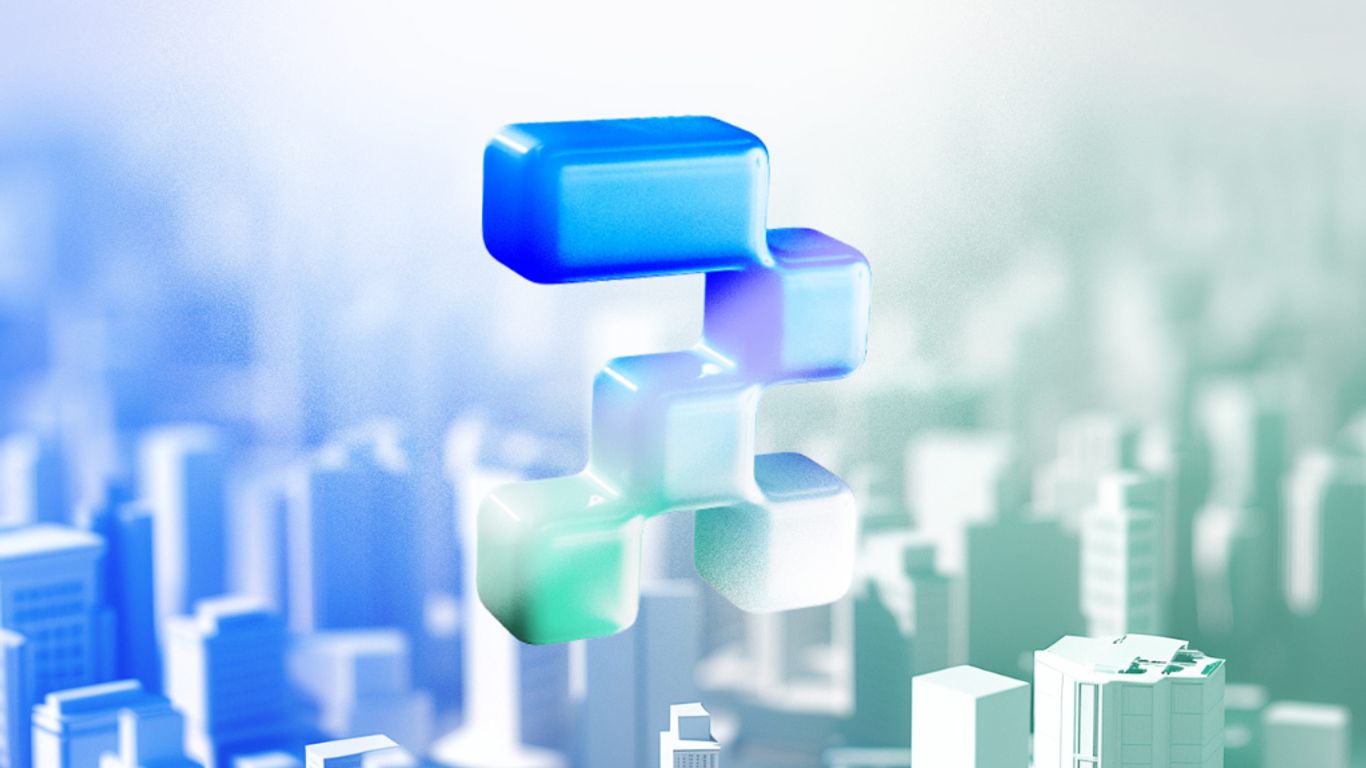Introduction
The financial world is witnessing a significant shift as tokenized financial assets move from pilot projects to large-scale deployment. While widespread adoption is still on the horizon, financial institutions that implement blockchain capabilities are positioning themselves for a strategic advantage in this evolving landscape.
Tokenization, the creation of unique digital representations of assets on a blockchain network, has reached a pivotal moment after years of promise and experimentation. The advantages—such as programmability, composability, and enhanced transparency—allow financial institutions to achieve operational efficiencies, increase liquidity, and create new revenue streams. The initial at-scale applications are already transacting trillions of dollars in assets on-chain each month. However, the journey has not been without its challenges. For tokenization to integrate fully into mainstream finance securely and compliantly, stakeholders must work together. Infrastructure players are now shifting from proofs of concept to robust, scalable solutions, creating opportunities and challenges in reimagining the future of financial services.
Larry Fink, chairman and CEO of BlackRock, stated in January 2024, "We believe the next step going forward will be the tokenization of financial assets, and that means every stock, every bond will be on one general ledger."
Understanding Tokenization
Tokenization involves issuing a unique digital representation of an asset on a blockchain, a type of distributed ledger. These digital tokens can represent a wide range of assets, including physical assets like real estate or art, financial assets like equities or bonds, intangible assets like intellectual property, and even identity and unstructured data. Tokenizing assets offers numerous benefits over traditional centralized ledgers, including increased operational efficiency, composability, and programmability.
These features create new possibilities along the value chain for financial institutions engaging with the new financial market infrastructure (FMI), potentially unlocking cost savings, new revenues, or opportunities to reduce risk across asset classes.
A recent example of successful tokenization is the adoption of tokenized money market funds, which surpassed $1 billion in total value in Q1 2024. Immutable data on the shared ledger reduces manual reconciliation errors, while 24/7 instant settlement and composability enhance user experience and provide new revenue sources.
The Wave of Adoption
Tokenization adoption is expected to occur in multiple waves, driven by differences in expected benefits, feasibility, time to impact, and market participants' risk appetite. Several projections suggest that the total tokenized market capitalization could reach around $2 trillion by 2030 in the base case scenario, with a potential to double to $4 trillion in a bullish scenario.

Leading Asset Classes in Tokenization
Tokenization is progressing gradually, with acceleration expected as network effects gain momentum. Certain asset classes will likely achieve meaningful adoption (defined as over $100 billion in tokenized market capitalization) by the end of the decade. These include:
- Mutual Funds: Tokenized money market funds have over $1 billion in assets under management. Established incumbents and Web3 natives are offering these funds, providing benefits like instant settlement and the use of tokenized funds as payment vehicles.
- Loans and Securitization: Blockchain-enabled lending is gaining traction, with disruptors facilitating over $10 billion in loan issuance involving blockchains. Benefits include live on-chain data, smart-contract-enabled calculations, and shortened settlement cycles.
- Bonds and ETNs: Over $10 billion worth of tokenized bonds have been issued globally. Tokenized bonds offer benefits such as lower costs, faster issuance, and fractionalization, improving financing for smaller issuers.

Spotlight on Real Estate Tokenization
Real estate tokenization has the potential to make property investments more accessible and economical. Investors can now buy pieces of properties, opening more opportunities for retail investors to delve into real estate markets. Additionally, tokenization creates a more fluid market, supports real-time trading, and boosts overall market efficiencies.
For example, CitaDAO tokenized two strata-titled industrial units at Block 18 and 20 at Midview City in Sin Ming, Singapore worth over US $1.2 million between 2022 and 2023. The platform, built on the Ethereum blockchain, allows anyone to trade or provide liquidity to the tokenized real estate via decentralized exchanges.
Spotlight on Art & Collectibles Tokenization
Tokenization is creating new opportunities in the art and collectibles market. For instance, InvestaX tokenized the economic interests of a premium NFT from the Bored Ape Yacht Club (BAYC) collection, introducing it under the ticker symbol IXAPE. This move allowed the broader community to share in the ownership and underscores the commitment to fostering innovation in the digital asset space.
Another example is the collaboration between Alta and PhillipCapital to introduce En Primeur tokens (EP) representing future bottles of select 2020 Bordeaux wines. This initiative brings together the world of fine wines and digital securities, allowing both wine lovers and investors to benefit.
The Next Wave
As the initial wave of asset tokenization lays the groundwork, subsequent waves may include alternative funds, publicly traded and unlisted equities, real estate, and precious metals. Each of these asset classes presents unique challenges and opportunities in achieving tokenization at scale.
Spotlight on Repos
Tokenization of repurchase agreements (repos) is one area where benefits are already observable. Financial institutions like Broadridge Financial Solutions, Goldman Sachs, and J.P.Morgan transact trillions of dollars of repo volume monthly. Tokenized repos offer operational efficiencies through smart-contract-enabled execution and improve capital efficiency via instant settlement and better collateral usage.
Overcoming Challenges
A significant hurdle in adopting tokenization is the "cold start problem," where both products and their users need to grow simultaneously. Overcoming this challenge requires coordinated efforts across the value chain and the development of interconnected infrastructure.

Regulatory Landscape
The journey towards RWA tokenization is significantly influenced by regulatory structures, which are critical for ensuring investor protection and market integrity. Different jurisdictions have unique securities regulations, making it crucial for issuers to be aware of the legal requirements in their target markets.
In the U.S., for instance, compliance with securities regulations is mandatory for tokenizing most RWAs, including navigating the complexities around primary issuance and working within exemptions such as Regulation A, Regulation CF, or Regulation D for securities offerings. Additionally, the role of broker-dealers, offering memorandums, and the need for KYC, AML, and due diligence processes are essential considerations for compliance.

The Path Forward
Comparing the current state of tokenization with other paradigm-shifting technologies suggests we are in the early stages of adoption. Significant issuance of tokenized assets has only begun in recent years, and we anticipate rapid growth moving forward.

Conclusion
Tokenization represents a major shift in the financial industry, with significant benefits for early movers. Financial institutions should assess their product suites to identify which assets would benefit most from tokenization and collaborate with counterparts to create minimum viable value chains. By doing so, they can capture market share and set industry standards as the adoption of tokenized assets accelerates.
The future of tokenization looks promising, with the potential to unlock a market worth at least $2 trillion by 2030. This represents a significant rise from the current value, indicating a substantial growth opportunity in tokenizing assets ranging from real estate and art to company shares and bonds.
As we look towards the future, it becomes clear that asset tokenization is not merely a technological innovation but a paradigmatic shift in asset management and ownership within our increasingly digitized world. The journey ahead promises exciting developments and opportunities for those ready to embrace this transformative technology.
References
- Banerjee, A., Sevillano, J., Higginson, M., Rigo, D., & Spanz, G. (2024). From ripples to waves: The transformational power of tokenizing assets. McKinsey & Company
- Bloomberg TV. (2024, January 12). Fink sees financial tokenization of assets as next step [Television broadcast].
- KPMG. (2024). The Asset Tokenization C-Suite Playbook. KPMG International.
- Vidrih, M. (2024). Crypto Trends Report 2024.
- Vidrih, M. (2024). The State of RWA Tokenization: Trends, Challenges, and the Road Ahead.
- Chiella, D. (2024, March 26). U.S. money market funds reach $6.4 trillion at end of 2023. Office of Financial Research.
- Texture Capital. (n.d.). Regulatory compliance in tokenizing RWA. Retrieved from https://www.texture.capital/insights/regulatory-complianc-tokenizing-rwa
- Chantanusornsiri, W. (2020, June 16). PDMO launching cheap bonds via blockchain. Bangkok Post.
- J.P.Morgan. (2023). The Future of Wealth Management. J.P.Morgan.
- Canton. (2024, March 12). The Canton Network completes the most comprehensive blockchain pilot to date for tokenized real world assets [Press release].
- Figures and Exhibits: CoinMarketCap, Gold.org, Insider Intelligence, ITU, McKinsey Organizational Data Platform, Meta Platforms, Morgan Stanley, ResearchGate, SEC, Statista, Synergy Research Group, The Block.




